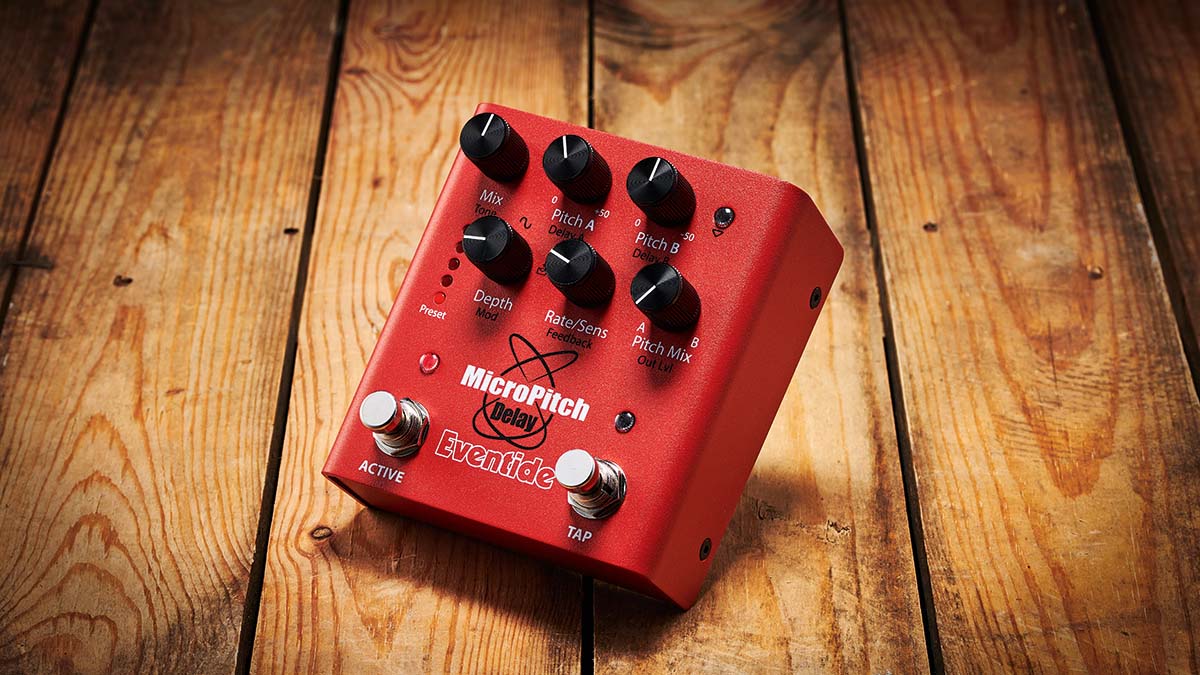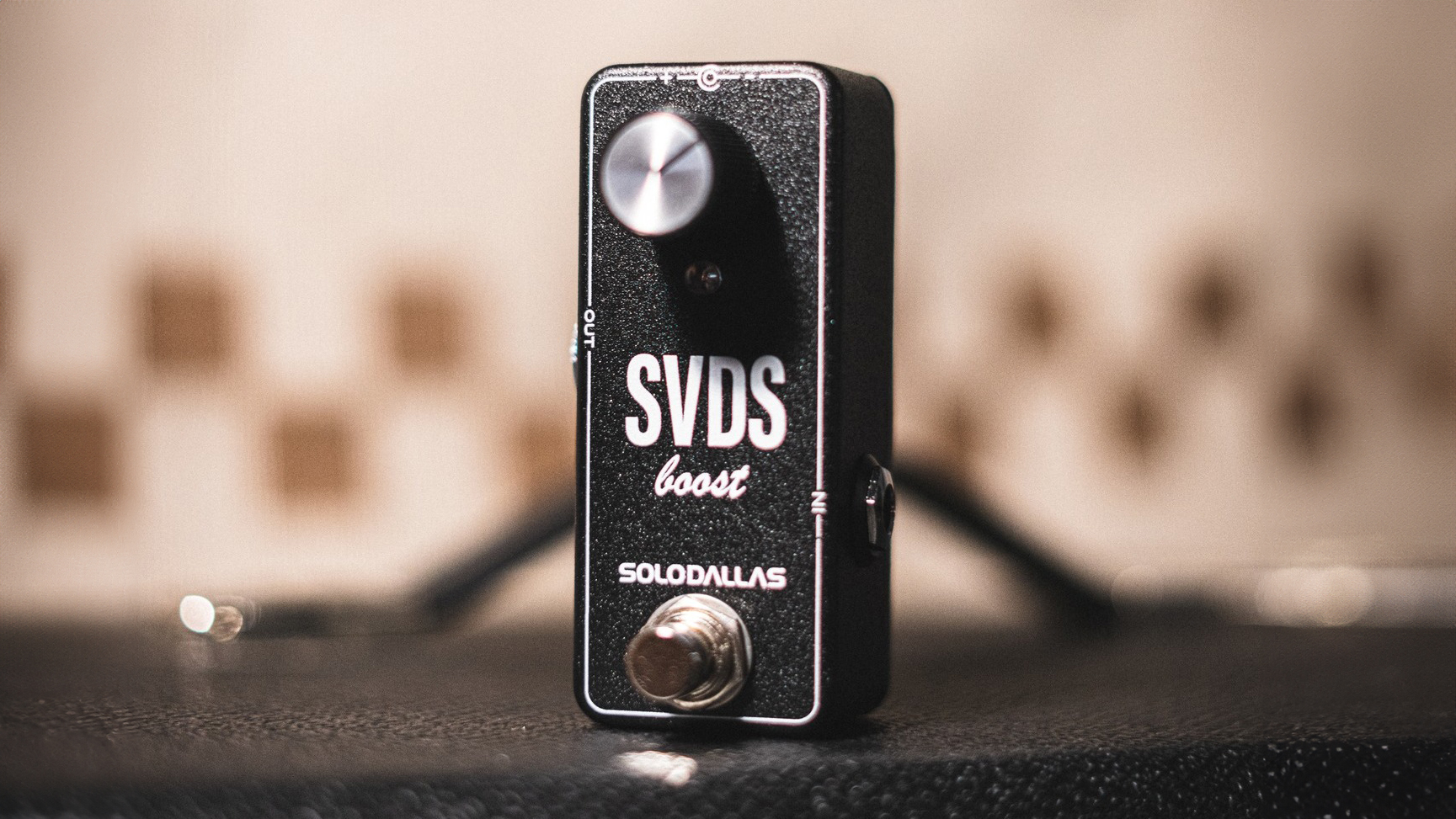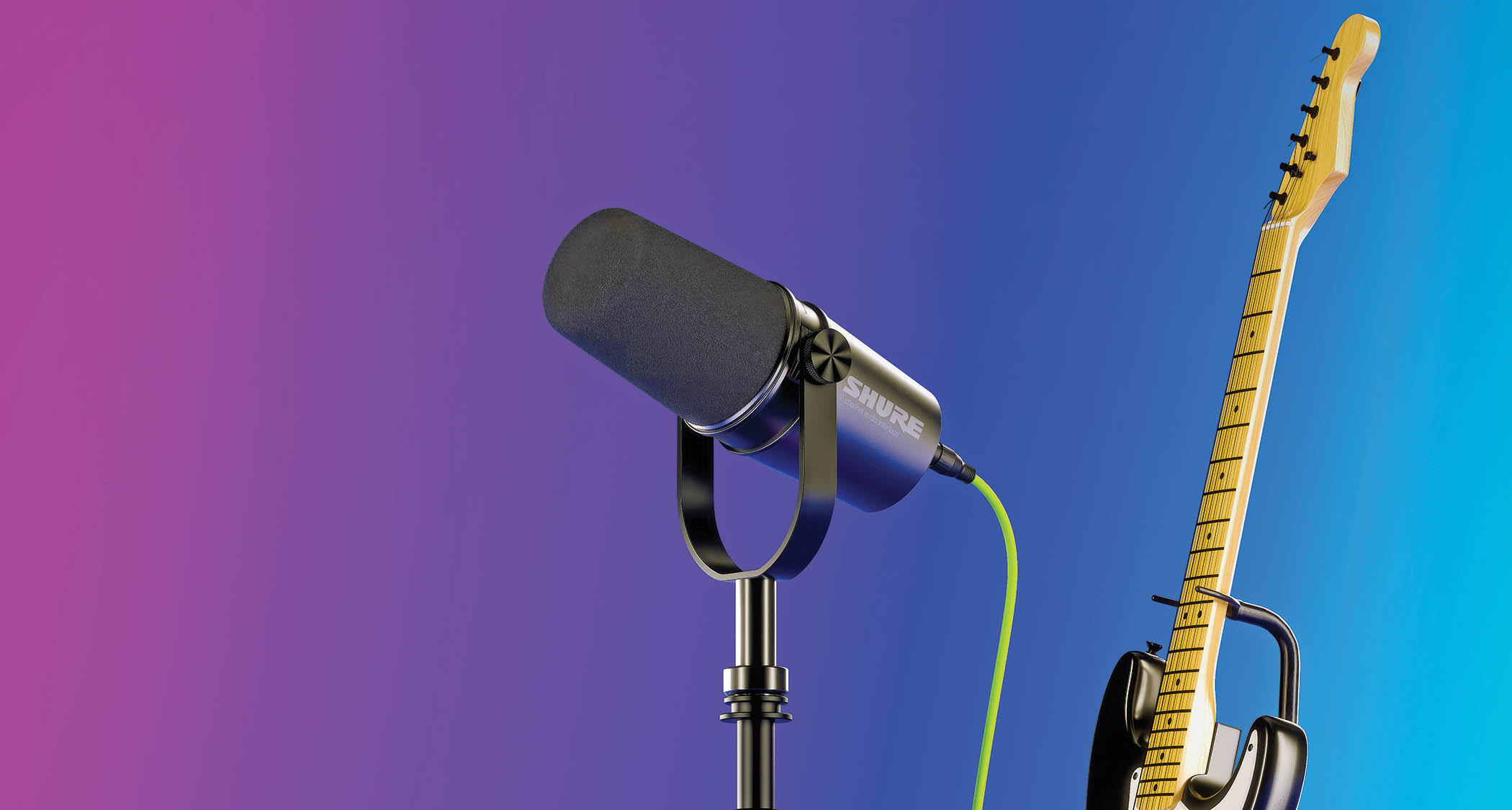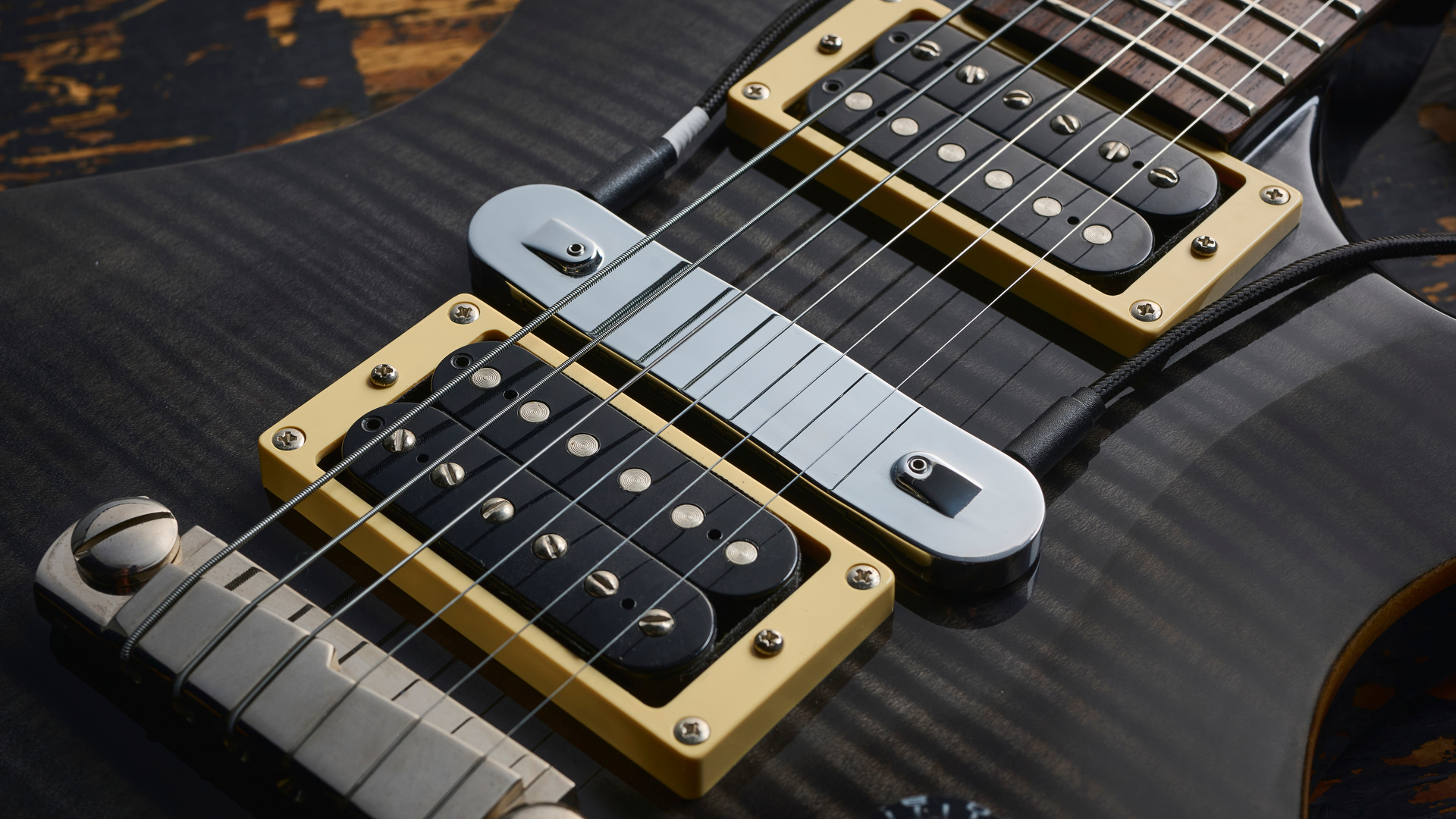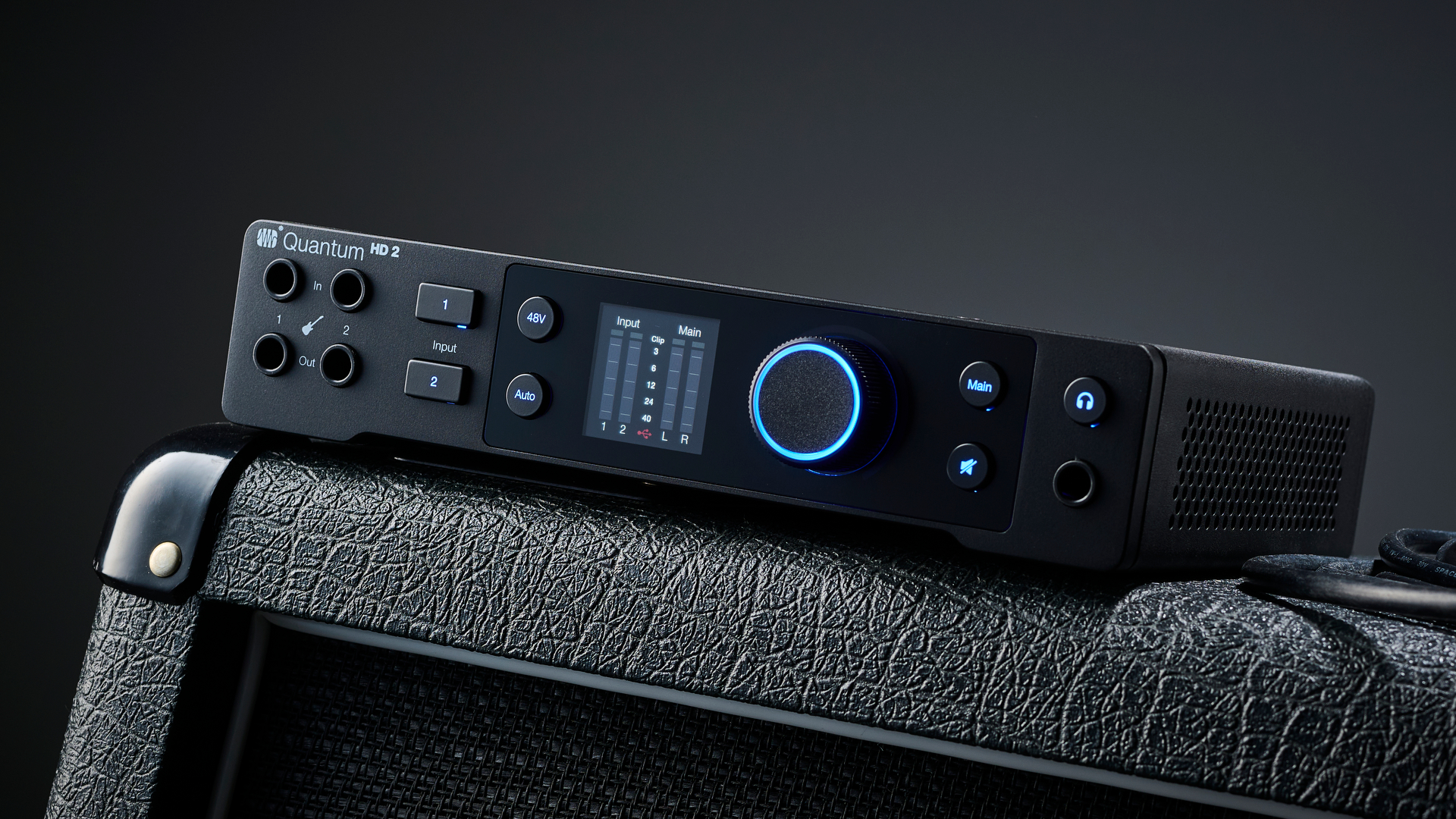Guitar World Verdict
Not just for guitar, this is a consummate studio tool and there’s a rear-panel Guitar/Line Level switch to select your sound source accordingly. Whatever context you use it in, though, those basic building blocks of pitch shifting and delay, with added modulation, offer an expansive resource of sounds from the everyday practical to the exotically off-the-wall.
Pros
- +
Excellent range of effects not usually found in a stompbox. Tap tempo.
- +
Mono or stereo operation.
- +
Computer-based editor.
- +
Expression pedal input.
Cons
- -
Some may find accessing secondary knob functions a bit of a faff.
You can trust Guitar World
As you’d expect from a company that’s been around as long as Eventide, there are some classic effects in its roster. And recently the brand decided to put some of them into a series of dedicated pedals. Last year, we took a look at the Blackhole reverb pedal and now it’s the turn of an effect that’s been at the core of what the company has done for decades.
First seen in the rackmount H910 and H949 effects processors, and subsequently in the H3000 Harmonizer, the MicroPitch effect is used as a stereo widening tool to make sounds bigger, accomplished by applying a small amount of pitch shifting (a few cents) to the source signal and panning the upshifted and downshifted signals left and right. That pitch shifting is now available in this dedicated pedal, alongside stereo delay that can be combined with it.
In use
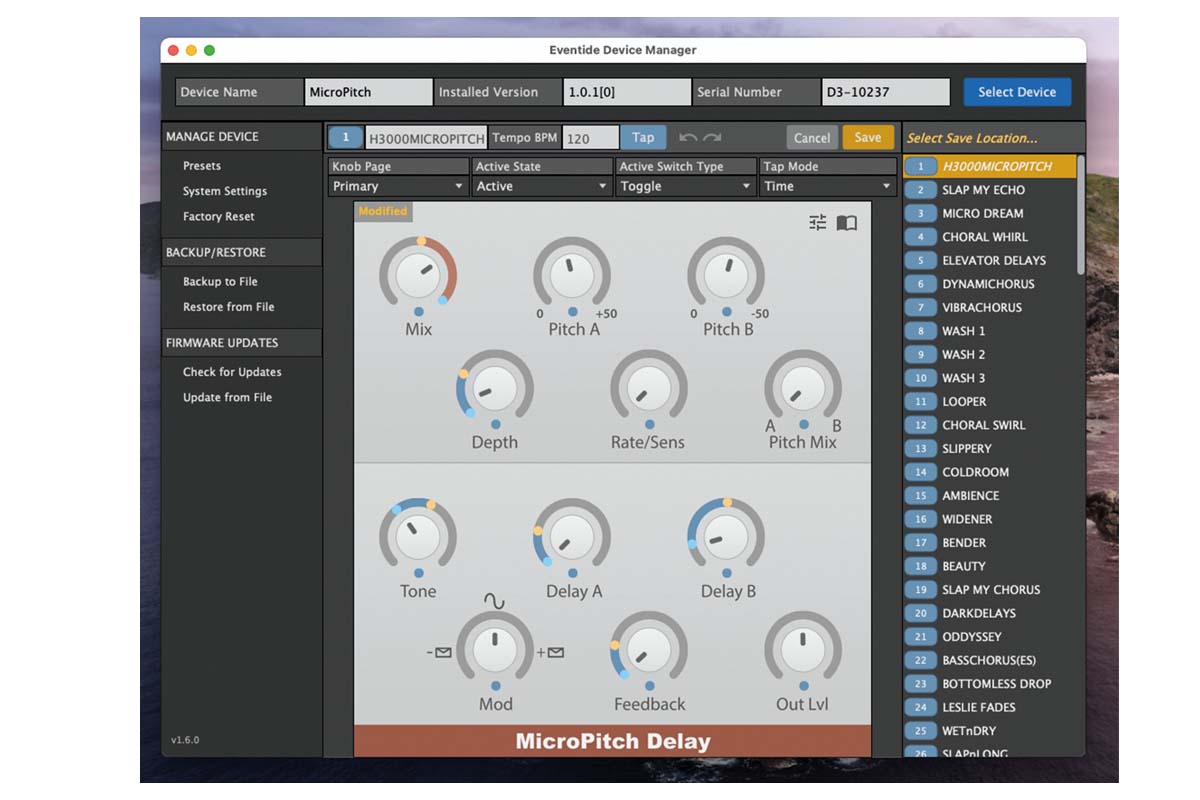
The MicroPitch Delay pedal takes a mono or stereo input, but it has two outputs: Pitch A and Delay A go to output 1; Pitch B and Delay B go to output 2, but you can run it all out of output 1 in mono. Your sound is set up by six knobs, all of which have secondary functions accessed by pressing a small toggle button.
Pitch A offers up to 50 cents of upward pitch shifting, while Pitch B offers the same range downwards. The combination of these two detuned signals gives you your effect, which can be 100 per cent wet or subtly mixed in with the dry sound.
The actual effect is a lot like chorus but without the sense of motion that goes along with it. Should you want a more traditional chorus-like effect then modulation can be added via the Depth and Rate knobs.
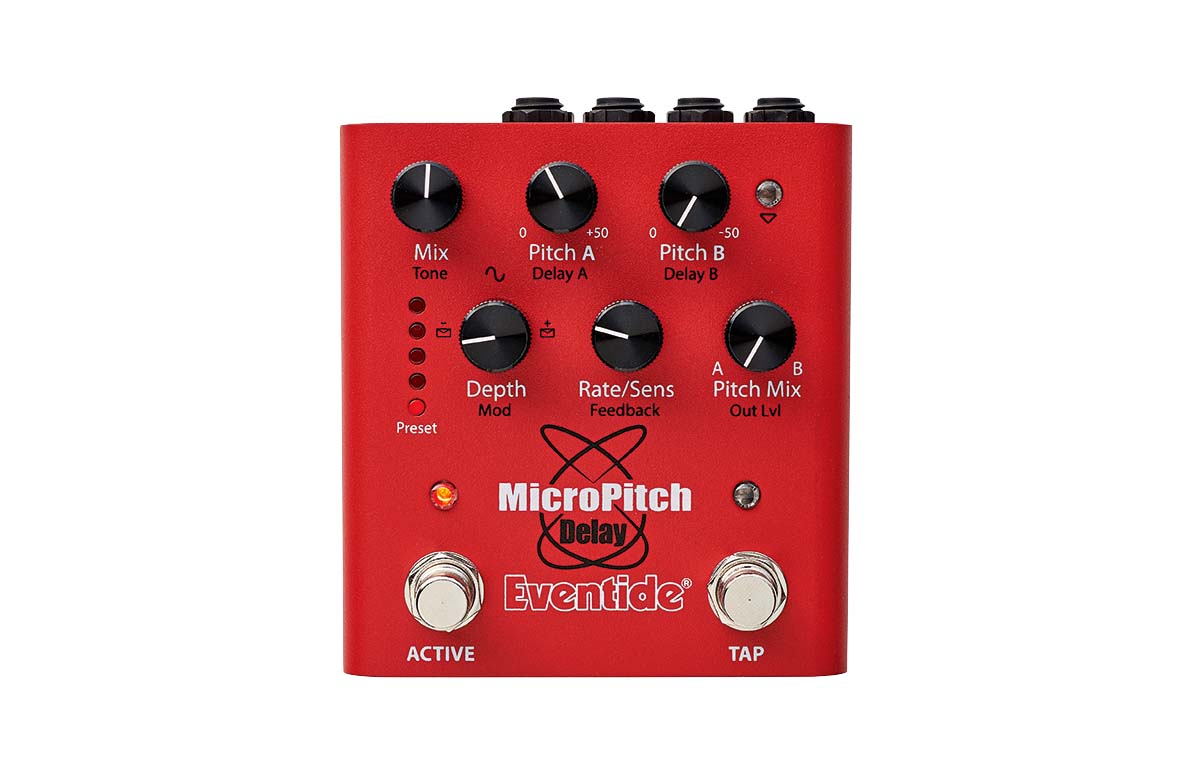
The modulation can be fixed, but you can also control it with playing dynamics via an envelope follower that can be set so that increased volume either increases or decreases the pitch amounts. Both of the delay lines offer up to three seconds of delay time, actually going up to six seconds in a bpm-based Tap Tempo mode.
With both the pitch shifting and delay brought into play, the pedal can cover plenty of ground with subtle changes to both primary and secondary parameters, so storing your edited sounds is a necessity. The pedal stores five presets onboard, but there’s a grand total of 127 available via MIDI or directly loaded from the Eventide Device Manager (EDM) software, a Mac or PC application that’s used for editing and saving presets.
As shipped, 55 of the 127 slots are filled with ready-to-use presets that have been programmed by Eventide.
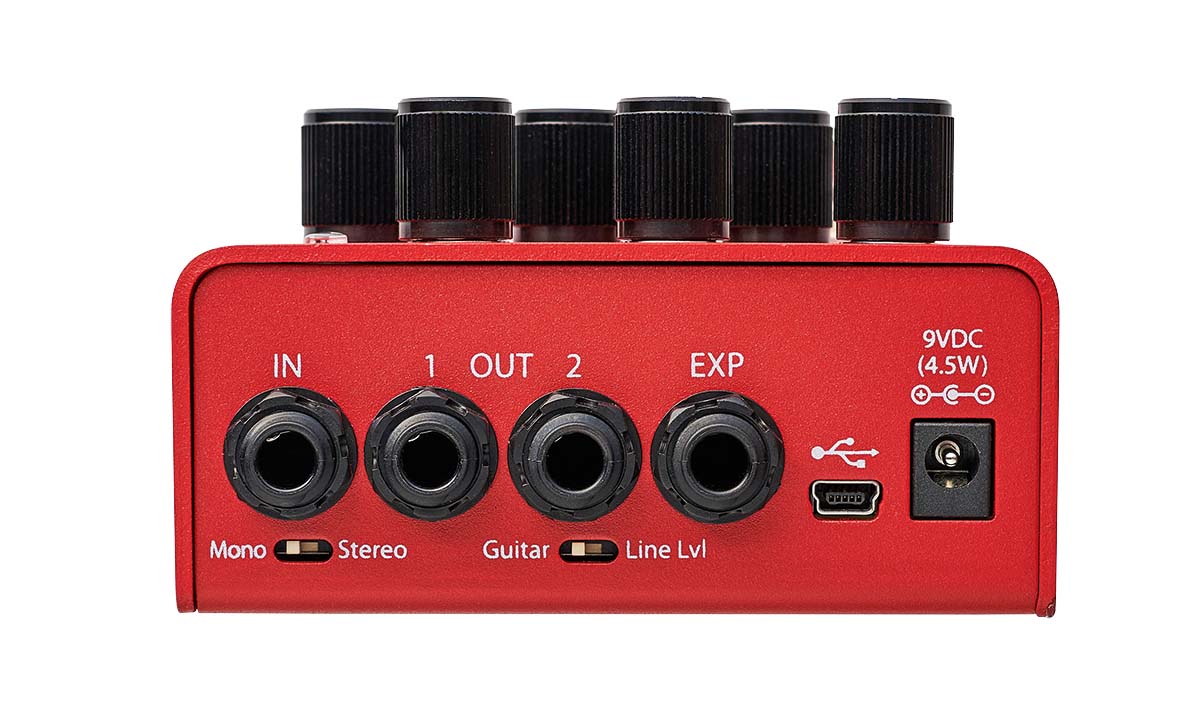
Sounds
In stereo, the sounds can be spacious and spectacular, but the pedal is also no slouch when used in a standard mono pedalboard chain where, for example, two delays of different lengths can combine for some great rhythmic echoes, rather than a stereo ping-pong experience.
The wide range of sounds you can coax from the unit is impressive, from the subtlety of some slight detuning for thickening up a sound, through all shades of chorus-like fairy dust, to spiralling delays of changing pitch.
Huge ambient washes are easily achieved. Take Preset 3 onboard the pedal as an example: named ‘Micro Dream’, it just fills up the space with shimmery sound. Elsewhere, the pitch shifts, delay and modulation combine for metallic flanging textures and rotary-style airiness.
For onstage use with just the pedal, the Tap footswitch (when not in Tap Tempo mode) scrolls through the five presets and you can load the selected one with a press on the main footswitch. As for making the effect active, you have instant front-panel access to setting up the main footswitch as latching or momentary.
Other performance features include the use of an expression pedal to change any grouping of knob parameters, and you can alternatively use that EXP input for auxiliary switches or MIDI via TRS if you’re not using the USB input for MIDI. A single Aux switch can engage FLEX, which doubles the pitches, or you can employ a triple Aux switch for easy preset changing (up/down/load).
Specs
- PRICE: $/£279
- ORIGIN: China
- TYPE: Pitch shifting and delay pedal
- FEATURES: Multiple Bypass options (Buffered, Relay, DSP+FX or Kill dry)
- CONTROLS: Mix/Tone, Pitch A/Delay A, Pitch B/Delay B, Depth/Mod, Rate/Sens / Feedback, Pitch Mix/Output Level, Shift button, Mono/Stereo switch, Guitar/Line level switch, Active footswitch, Tap footswitch
- CONNECTIONS: Standard input, standard outputs 1 & 2, EXP, USB
- POWER: Supplied 9V DC adaptor 200ma
- DIMENSIONS: 100 (w) x 115 (d) x 58mm (h)
- CONTACT: Eventide Audio
Trevor Curwen has played guitar for several decades – he's also mimed it on the UK's Top of the Pops. Much of his working life, though, has been spent behind the mixing desk, during which time he has built up a solid collection of the guitars, amps and pedals needed to cover just about any studio session. He writes pedal reviews for Guitarist and has contributed to Total Guitar, MusicRadar and Future Music among others.
“Its superpower is punching your guitar tone with presence, thickened gain and sustain”: SoloDallas SVDS Boost review
“Jimi was staying at a hotel in Times Square. He had his hair set in pink curlers and we would just talk band drama”: Electro-Harmonix founder Mike Matthews on befriending Hendrix, booking Chuck Berry and the birth of pedal culture
